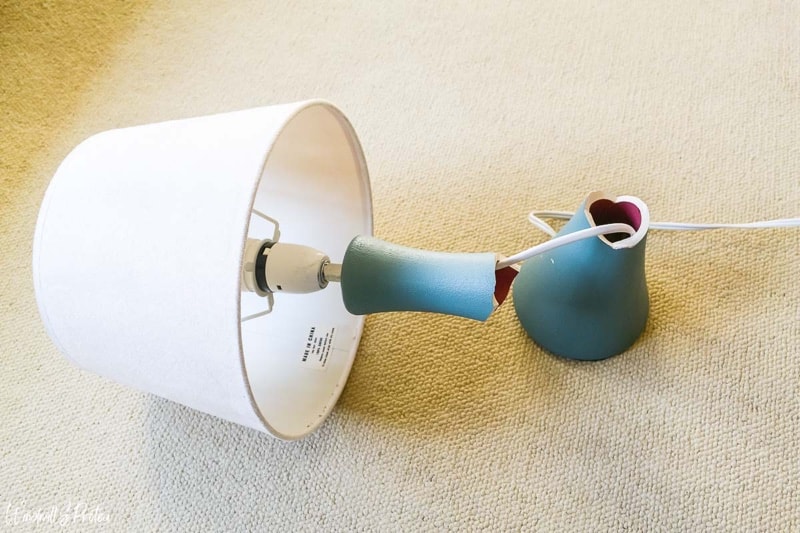What to look for in a checking account

In the age of cashless payments and online banking, it is no longer necessary for the bank to be directly on site. There are ATMs on every corner and transfers or standing orders can be made conveniently from home. So what do you have to look out for in a checking account? The answer is: first and foremost, the costs.
The tiresome problem of fees
Unfortunately, the free checking account is increasingly becoming a discontinued model. In times of extremely low interest rates, banks are turning the screw on fees and showing a lot of imagination in the process. But some institutions still offer free account management. Online banks and direct banks in particular are sticking to this. If you prefer a traditional branch bank, you should at least compare the fees. That's not so easy, because the fee landscape is confusing.
In principle, there are two basic models
the flat account fee: then you pay a fixed amount for the checking account - as an annual fee or monthly fee.
single service-related fees: in this model, the individual services are priced when using the checking account, such as transfers, standing orders, provision of a checking card, etc.
In practice, both models are often combined and many institutions even offer the choice between several models. Which account management model is more favorable for you depends not only on the fee structure, but also on your usage behavior. Therefore, there can be no general recommendation.
Use for payment transactions only
With very few exceptions, current account balances do not earn interest. It is therefore not worthwhile to "leave" large sums there if they are not needed. Even a low-interest call money account is better and the money there is available almost as quickly.
Even less recommended are longer account overdrafts. Banks are generally happy to grant overdraft facilities, but they make a good price for this "generosity". The overdraft rates are the most expensive credit rates of all. The overdraft should therefore only be considered if a bottleneck of a few days is to be bridged. The overdraft is not suitable for financing; the checking account is and remains an instrument for payment transactions.














